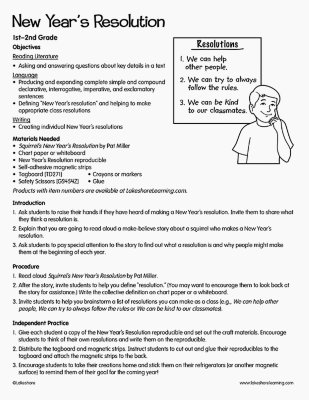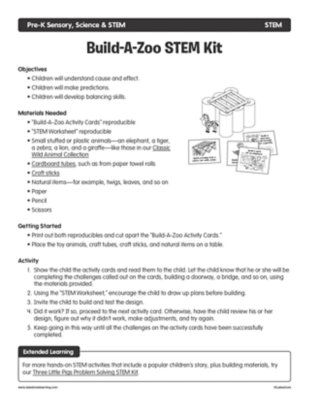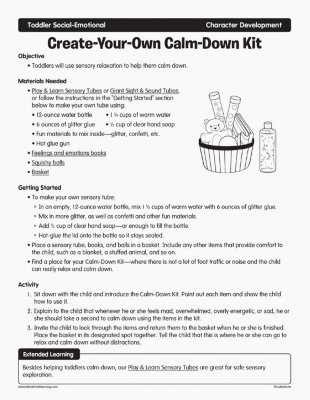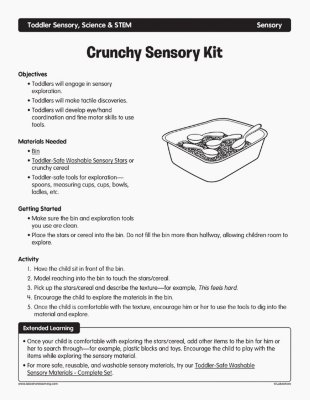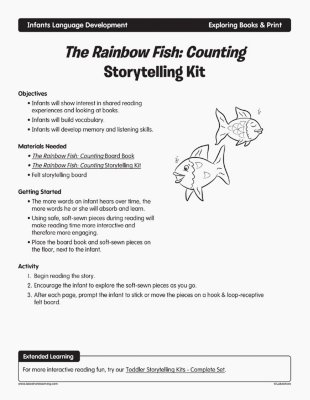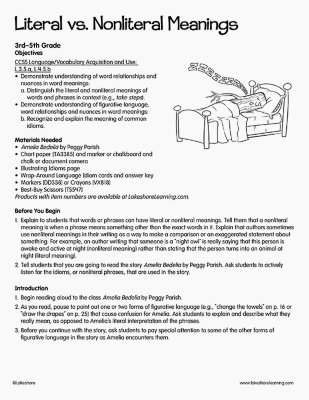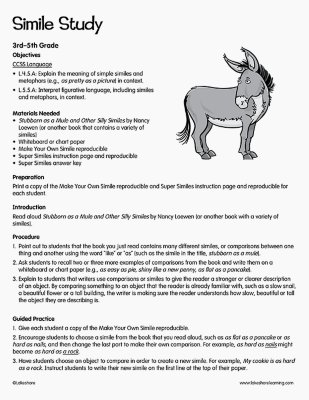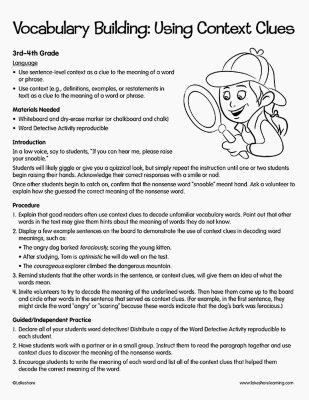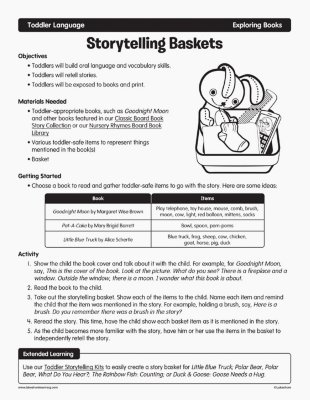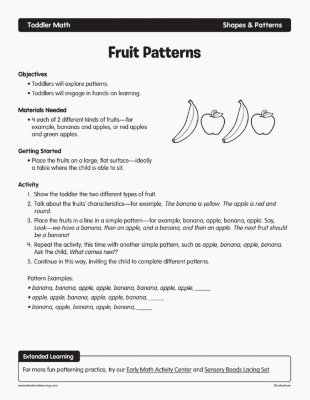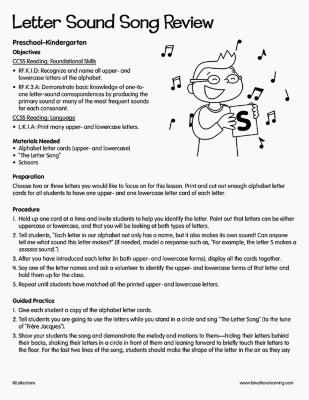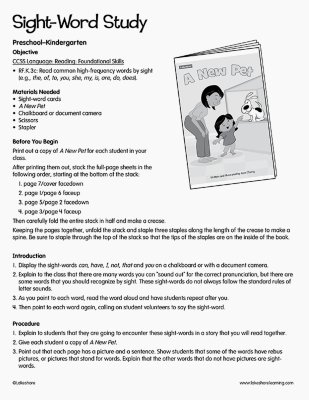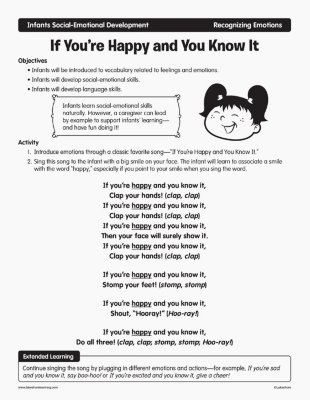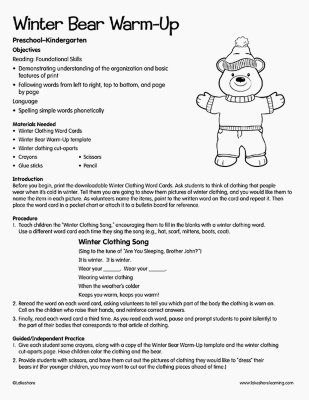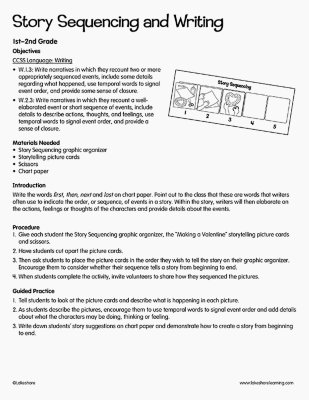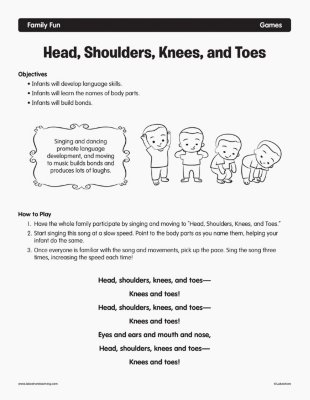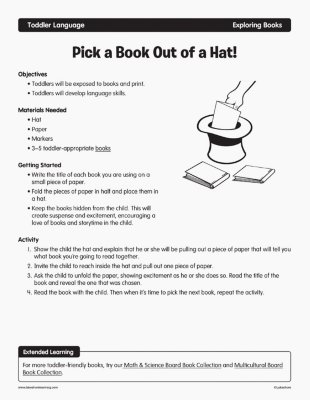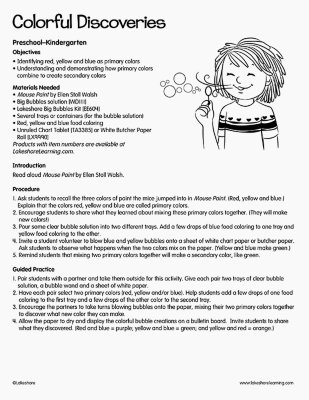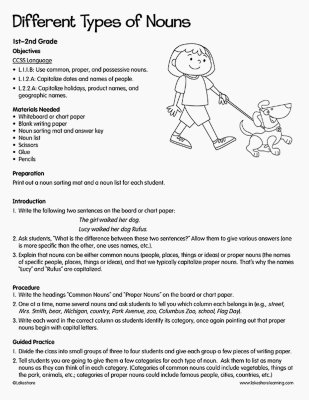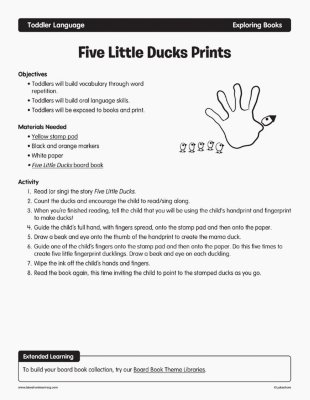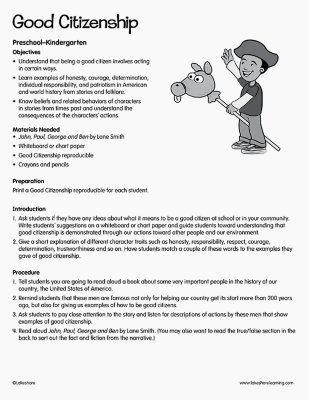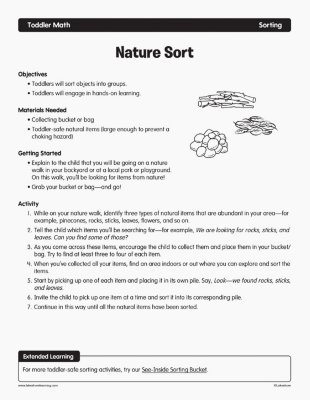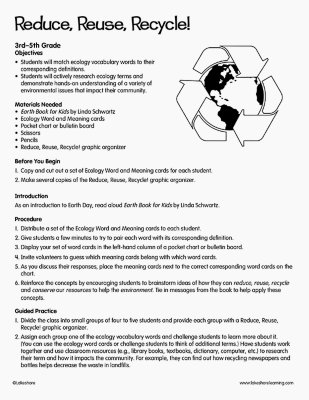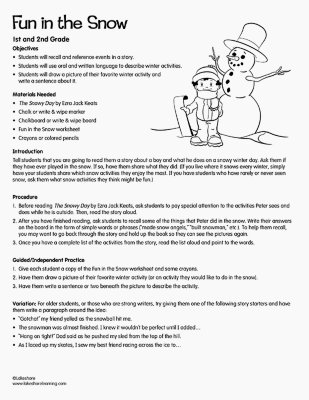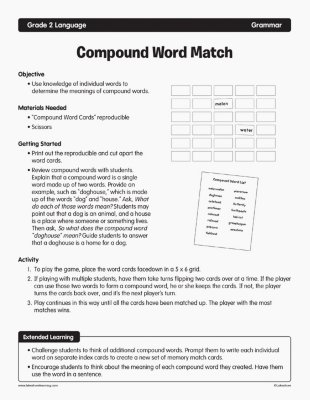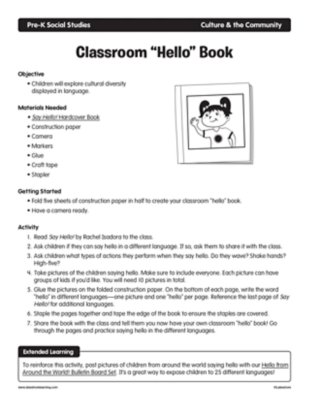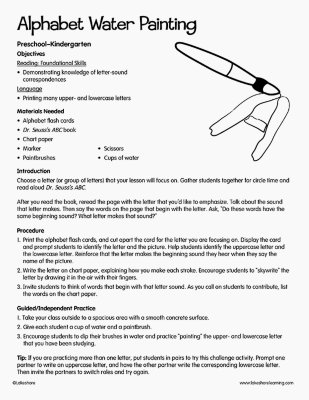Narrow by Grade
Grade
31 results for "individual hands-on language kit"
Objectives
• Infants will learn and use simple gestures to communicate.
• Infants will be introduced to sign language.
Objectives
- Children will understand cause and effect.
- Children will make predictions.
- Children will develop balancing skills.
Objective
• Toddlers will use sensory relaxation to help them calm down.
View Lesson PlanObjectives
• Toddlers will engage in sensory exploration.
• Toddlers will make tactile discoveries.
• Toddlers will develop eye/hand coordination and fine motor skills to use tools.
Objectives
• Infants will show interest in shared reading experiences and looking at books.
• Infants will build vocabulary.
• Infants will develop memory and listening skills.
Objectives
• Toddlers will build oral language and vocabulary skills.
• Toddlers will retell stories.
• Toddlers will be exposed to books and print.
Objectives
• Toddlers will explore patterns.
• Toddlers will engage in hands-on learning.
Objectives
• Toddlers will build vocabulary through word repetition.
• Toddlers will build oral language skills.
• Toddlers will be exposed to books and print.
Objectives CCSS Reading: Foundational Skills RF.K.1.D: Recognize and name all upper- and lowercase letters of the alphabet. RF.K.3.A: Demonstrate basic knowledge of one-to-one letter-sound correspondences by producing the primary sound or many of the most frequent sounds for each consonant. CCSS Reading: Language L.K.1.A: Print many upper- and lowercase letters. Materials Needed Alphabet letter cards (upper- and lowercase) “The Letter Song” Scissors
View Lesson PlanObjectives
• Infants will be introduced to vocabulary related to feelings and emotions.
• Infants will develop social-emotional skills.
• Infants will develop language skills.
Objectives
• Infants will develop language skills.
• Infants will learn the names of body parts.
• Infants will build bonds.
Objectives
• Toddlers will be exposed to books and print.
• Toddlers will develop language skills.
Objectives Identifying red, yellow and blue as primary colors Understanding and demonstrating how primary colors combine to create secondary colors Materials Needed Mouse Paint by Ellen Stoll Walsh Big Bubbles solution Lakeshore Big Bubbles Kit Several trays or containers (for the bubble solution) Red, yellow and blue food coloring Unruled Chart Tablet or White Butcher Paper Roll Introduction Read aloud Mouse Paint by Ellen Stoll Walsh.
View Lesson PlanObjective
- Children will develop oral language skills.
Objectives
• Toddlers will build vocabulary through word repetition.
• Toddlers will build oral language skills.
• Toddlers will be exposed to books and print.
Objectives
• Toddlers will sort objects into groups.
• Toddlers will engage in hands-on learning.
Objective
- Use knowledge of individual words to determine the meanings of compound words.
Objective
- Children will explore cultural diversity displayed in language.
